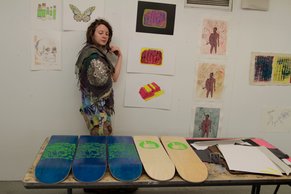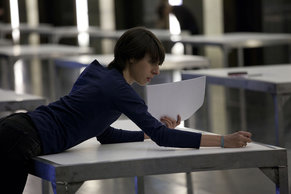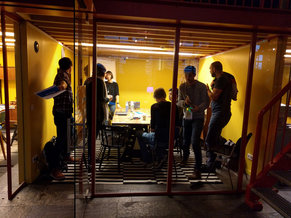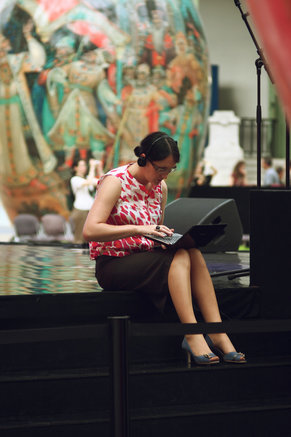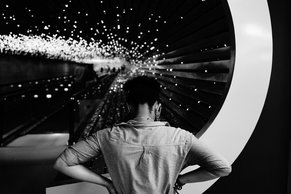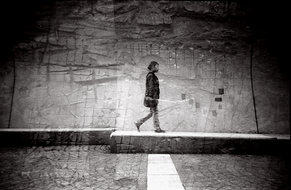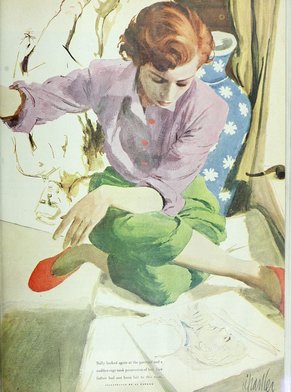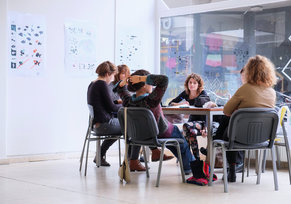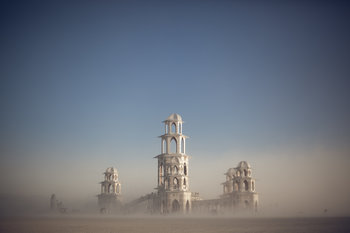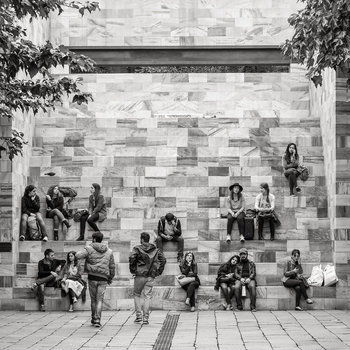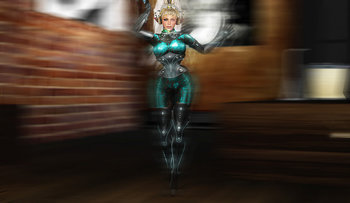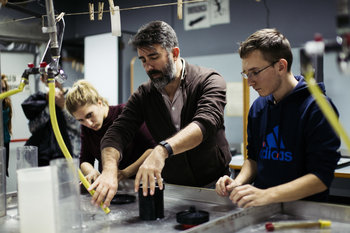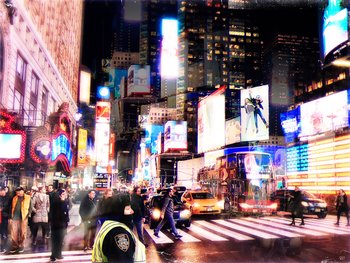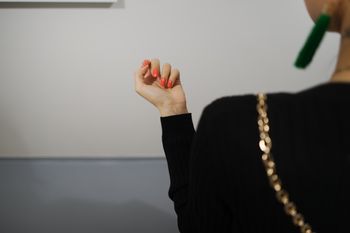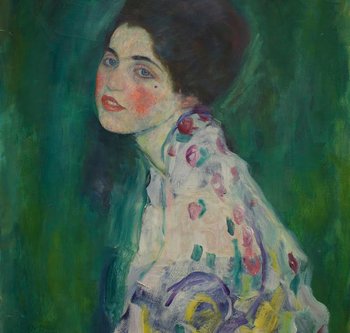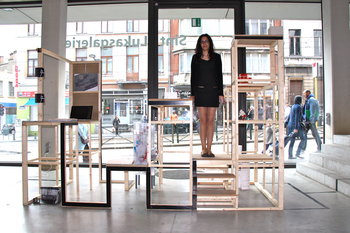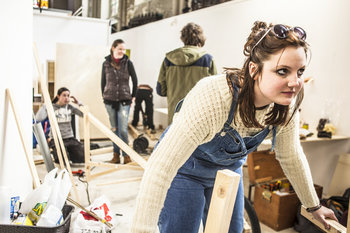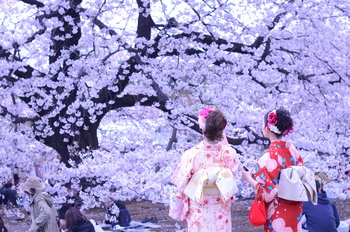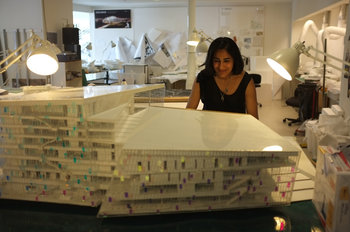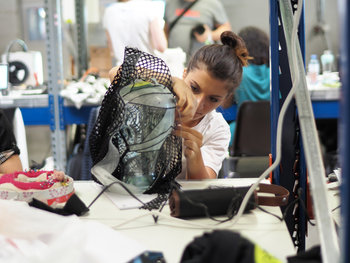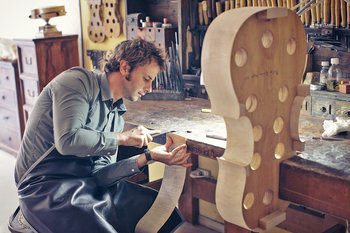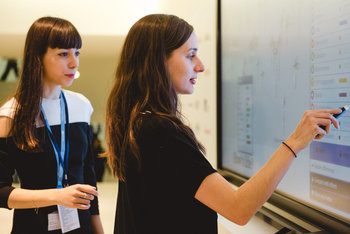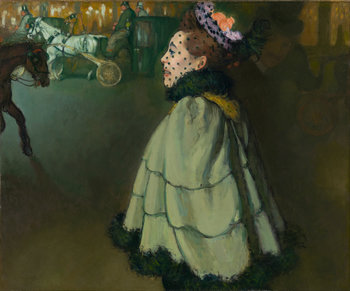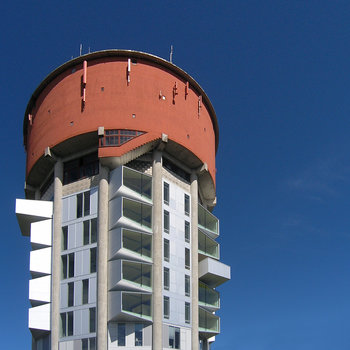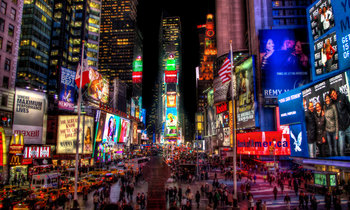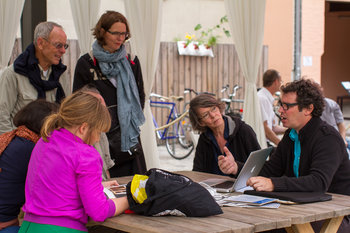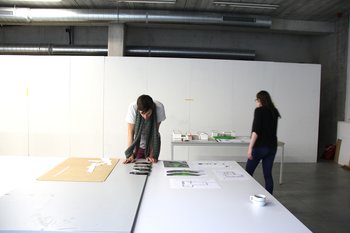
Universalism
The belief that there is a universal set of rules that all designers should follow.Form Follows Function
Form follows function is the principle that designs be optimized for functionality as opposed to the creative expression of the designer.Internationalism
Modern design embraces internationalism whereby designs are the same for all countries as opposed to being crafted to reflect the local culture.Industrialization
Modern design was the dominant design of the 20th century industrial order. Likewise, modernism can be viewed as the philosophy of industrialization.Risk Aversion
Modern design is driven by corporate, government and institutional entities that are risk adverse such that a primary motivation is often to avoid criticism.Less Is More
The principle or ideology of minimalism whereby removing things is viewed as a virtue. This supported the industrial order by continually reducing cost and improving profits.Science & Technology
Modern design aligns with science and technology as opposed to culture and nature. For example, colors may be selected for scientific or pseudoscientific reasons as opposed to colors that reflect the local culture or nature.Attractiveness Principle
The principle that you can't make a design visually appealing for everyone because individuals have different perceptions of attractiveness. Modern design doesn't try to visually impress but instead takes the conservative route of trying to be visually inoffensive. This is useful to the industrial system whereby a firm may require a look and feel that is somewhat acceptable to several billion consumers.Ornament & Crime
A 1913 essay by modern architect Adolf Loos that suggests that decorating things is wasteful because it causes them to quickly go out of style and loose their value. The essay also compares decorative design to tattooing and implies it is a primitive and criminal instinct. This had a great influence on modernist thinking with modern design and architecture largely rejecting decoration and ornamentation.Design to the Edges
Design to the edges is the principle that designs be useful for as many people as possible including people with disabilities or special needs.Scalability
The principle that designs be scalable such that they can be manufactured, marketed and delivered to very large markets.Industrial Materials
The use of the most practical material for a design including considerations such as cost and mechanical properties. This usually results in the selection of industrial materials such as plastic, concrete and steel.Dematerialization
Dematerialization is the process of making things lighter, smaller and less material intensive including the possibility of removing materials altogether with virtual things. This is a common feature of modern design based on the principle of less is more.Open Concept
Another extension of less is more whereby interiors are left without dividing walls. This is made possible by industrial materials that allow supporting elements in a building to be relatively small.Human Factors
The design of things at human scale and consideration of human factors such as color perceptions.Principle of Least Effort
The principle that it is always a good thing to make things more productive, convenient and comfortable for the customer or user.Principle of Least Astonishment
The principle that user interfaces work the way that people expect such that there is nothing to learn.Truth to Materials
The principle that the true nature of materials not be concealed. In the context of modern architecture and design this means that industrial materials such as concrete, plastic and foam are considered attractive without need of color or natural materials as a veneer.Functional Color
Colors are never used to decorate but are selected for their function such as visual contrast or brightness. Black and white are commonly selected as they are highly functional colors. For example, black maximizes absorption of light and white maximizes reflection.Unity
The principle that visual elements look like they belong together as a whole.Balance
The principle of visual balance often achieved with symmetry.Order
Modernism views science and technology as a force that is destined to reorder the world according to rational and universal principles.Mechanical Forms
Most modern design uses mechanical geometrical forms, particularly rectilinear forms such as grids. These are considered more orderly than organic shapes such as a free flowing line.Standardization
The development of design standards at the level of a society, industry, organization and team that reduces design to the application of rules.Modularity
Breaking things into modules based on function.Repetition
Modern design sees nothing wrong with relentless repetition and this may be favored as a symbol of order. For example, a block of 30 large apartment buildings all filled with apartments that are mostly identical.Rhythm
The pattern of a repetition. According to the principle of less is more this should be as simple as possible. For example, the skin of an office building composed of 1,456 identical sheets of architectural glass such that the rhythm of the design is composed of a single note repeated with no variation.Notes
Postmodern design has replaced modern design as the dominate design philosophy in areas such as architecture, interior design and fashion design. The time period whereby modern design fell out of dominance varies by design domain. Modern design arguably remains dominant in the design of products and user interfaces.It is common to mistake brave new forms of design as modern, these are usually postmodern as modern design produces results that are familiar and unremarkable by design such as a product that is a white box with no decoration or organic feel to it.As the dominant form of design of cities, architecture, infrastructure, transportation and landscapes for many decades, modern design has literally transformed the surface of the planet.With its formulaic approach, modern design may be useful to individuals with limited design experience or ability. It may be oppressive to designers with vast talents such that they are able to break the rules to produce superior results.| Overview: Modern Design | ||
Type | ||
Definition | Design based on the principles of modernism such as form follows function and less is more. | |
Related Concepts | ||


